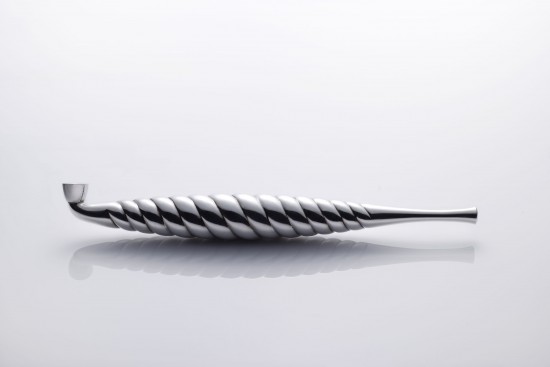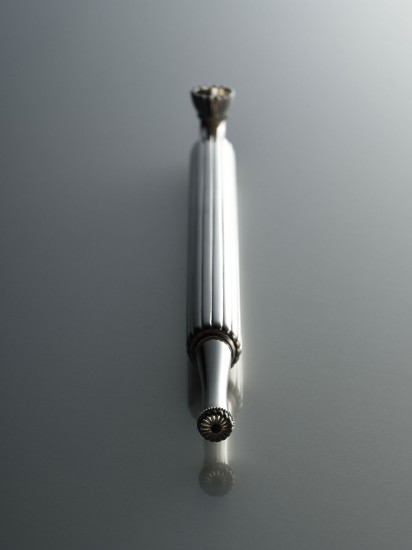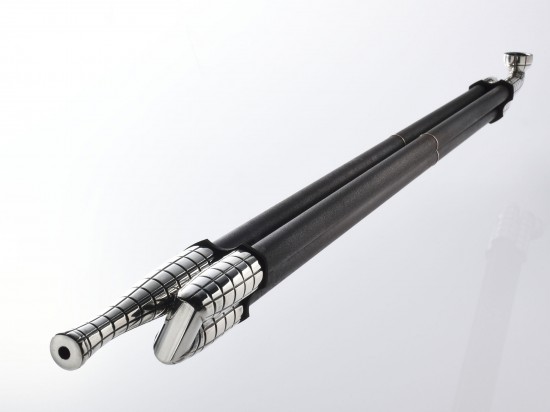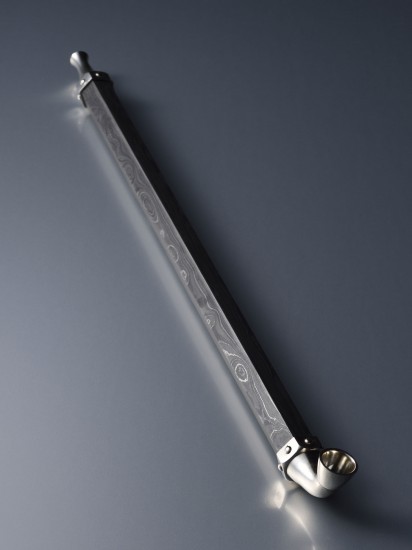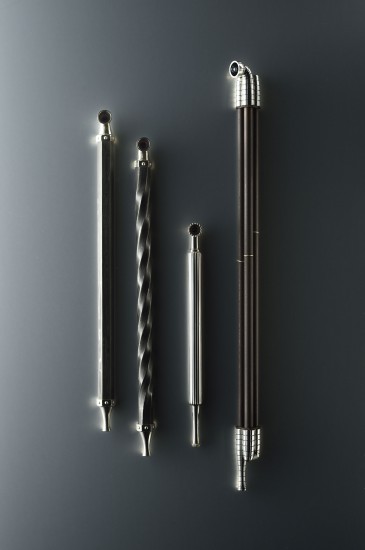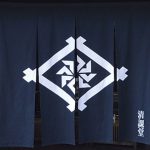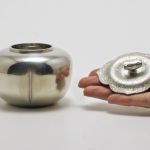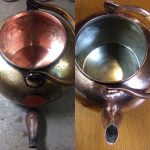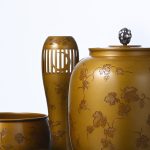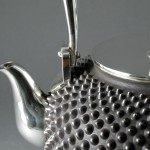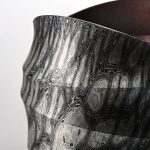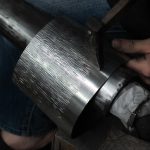The Kiseru, smoking pipe, was a status symbol among samurai and wealthy townspeople, especially in the Edo period and like the netsuke (kimono accessories used as a key charm), contributed to the development of a uniquely Japanese craft design. As well as the beauty of its sophisticated form, the Kiseru reflects the craftsmanship, identity, and playfulness of the period, and has left behind a variety of designs.
The culture of the smoking pipe rapidly declined with the rise of paper cigarettes and disappeared in conjunction with the health-conscious and anti-smoking movements, but it still survives in small numbers among enthusiasts and collectors.
At Seikado, we not only confront the craft as a product of use and beauty, but also continue to produce them in order to preserve the manufacturing techniques, the structures that have been refined over time, and the beauty that has been refined over time as cultural materials for the next generation.
Here we introduce some of Seikaodo’s masterpieces, including a selection of smoking pipes created with a modern sensibility.
The typical “Tazuna” type smoking pipe. This shape was often used as a signboard for smoke pipe shops and is representative of Japanese smoking pipes. It is made from rolled sterling silver plates and has a spiral three-dimensional structure inside as well as outside. It is designed so that the smoke inhaled from the mouthpiece convects and tastes good. An excellent design that is not only beautiful but also infused with the wisdom of our ancestors.
The motif is based on the Kikukamon, chrysanthemum family crest.
The chrysanthemum is one of the four noble flowers (chrysanthemum, plum, bamboo and orchid), which represent nobility, and is also a motif to ward off evil spirits and pray for long life, as in the custom of drinking chrysanthemum wine on the Chou-you-no-Sekku festival on September 9th. The chrysanthemum design is favored as an auspicious motif and is widely used in arts, crafts, and confectionery.
From the late Muromachi period to the early Edo period, Japan’s own warships, the Atake ship, were active.
The huge, heavily armored hull was a symbol of strength and attracted the admiration of men all over Japan. The motif of the Atake ship was the inspiration for this iron smoke pipe. The gankubi,the bowl of a pipe and mouthpiece, gives the impression of armor that can repel arrows. The Lau, stem of a pipe is a one-meter-long piece of iron, split into six pieces and joined together again. The weight is also exceptional compared to other metal smoking pipes, making it a man’s pride and joy for those who own one.
The Kenka kisel, fighting smoking pipe, was a smoking pipe used during the Edo period. As townspeople were not allowed to carry swords, they had iron smoking pipes made as self-defense weapons against lower-ranked samurai. After the Meiji Restoration, some samurai families carried these fighting smoking pipes with them because of the sword abolition ordinance.
This fighting smoking pipe is made of special steel “Damascus” for the Lau, stem of a pipe and sterling silver for the bowl of a pipe and the mouthpiece. The Damascus part of the Lau was made by Kato Kousuke who won the Yamanaka Genbei Prize at the 1st Imakara Mamesara Metalwork Competition at our Seikado.
About purchasing
We have an online store in addition to our physical store Teramachi-Nijo in Kyoto.
Our Seikado online store also offers a variety of new products.



